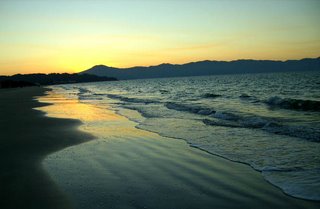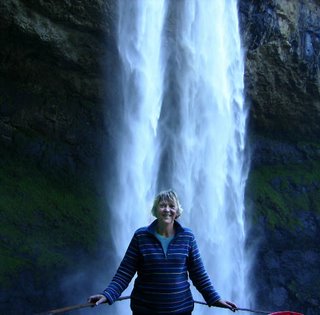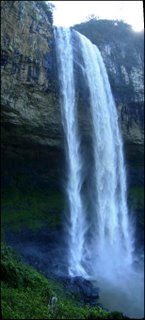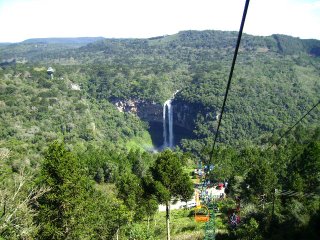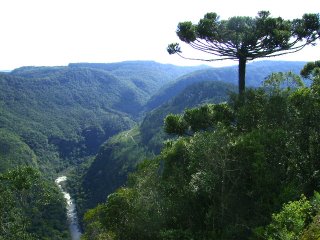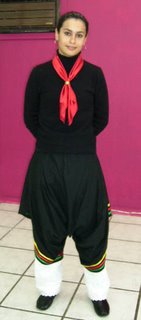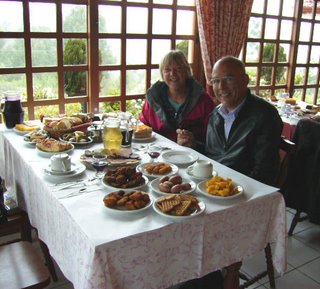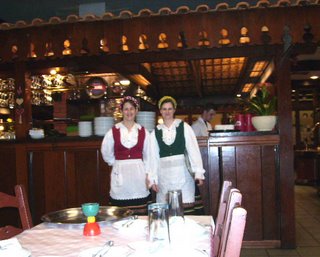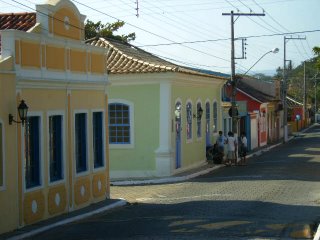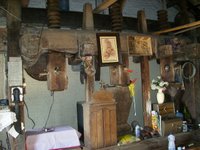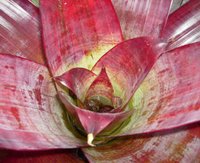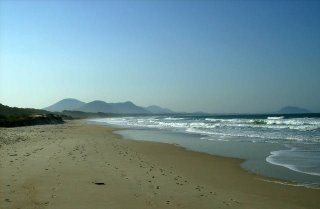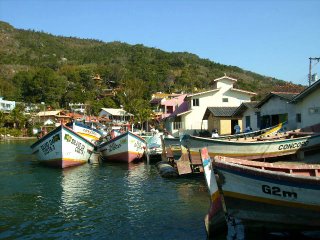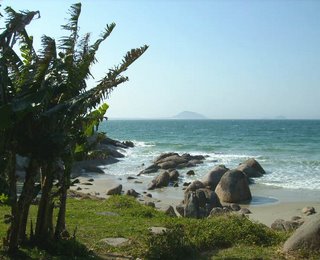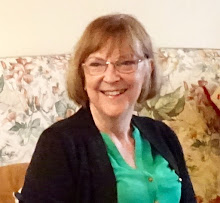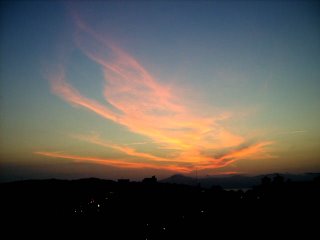 Evening Sky in Jurere
Evening Sky in JurereI realise that the last few posts have not had any photos attached. This is because I haven't really taken any for over a week now - a combination of the weather and not going out because of Brazilian Grippe.
I really don't like the blog not having photos. Pictures help to break up the text and make it all more accessible. This must be the primary school teacher in me.
So here's another photo of the evening sky over Jurere, which I can just take from our veranda. It's different every night and always a real treat!
